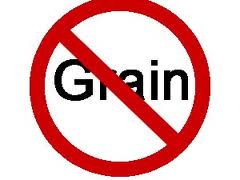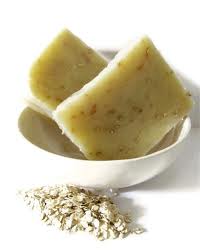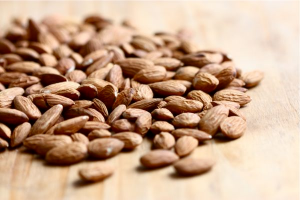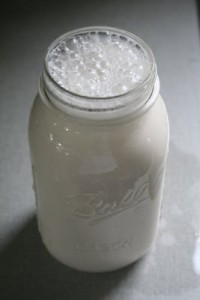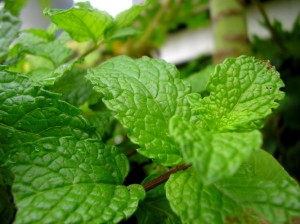Savory Grain-Free Bread Recipe
OK, this savory grain-free bread recipe is a winner!
Since Dr. Daren and I have been going Primal, I’ve been experimenting with so many grain-free recipes for breads, crackers, muffins etc. and they are sometimes good (sometimes), sometimes edible (sometimes), and sometimes funky, weird, and yucky (eeew!). Some grain-free baking uses bean flours, such as chick pea, but beans are not part of the Paleo/Primal diet. I have discovered I am not a fan of coconut flour, one of the alternatives to wheat in grain-free baking. I do however love almond flour, but it lacked the holding (binding?!) properties of other flours…in comes arrowroot powder. So, this bread is by far my favorite grain-free bread recipe. It tastes great, has a very “bready” texture, toasts well (hello breakfast toast!) and is not a complicated recipe.
Savory Grain-Free Bread Recipe
1 1/2 cups almond flour (also called almond meal)
3/4 cups arrowroot powder (you can sub tapioca starch)
1/4 cups + 1 Tblsp pumpkin seeds, ground (ok if you don’t have a grinder, just put them in whole!)
1/2 tsp sea salt
1/2 tsp baking soda
1/2 cup pecorino or parmesean cheese
2 Tblsp fresh rosemary, finely chopped
1 tsp freshly ground black pepper
5 eggs
1 1/2 tsp apple cider vinegar
Preheat oven to 325F. Line a loaf tin with parchment paper.
Place the almond flour, arrowroot powder, 1/4 cup pumpkin seeds, sea salt, baking soda, cheese, rosemary and pepper in a medium sized bowl, mixing together to break up any lumps. In a seperate bowl, lighly beat eggs and apple cider vinegar. Add the wet ingredients to the dry bowl and mix together. Pour the mix into the lined pan and sprinkle 1 Tblsp of pumpkin seeds on top. Bake 30-35 minutes or until a skewer inserted comes out clean.
Please try this savory grain-free bread recipe, you will like it!

